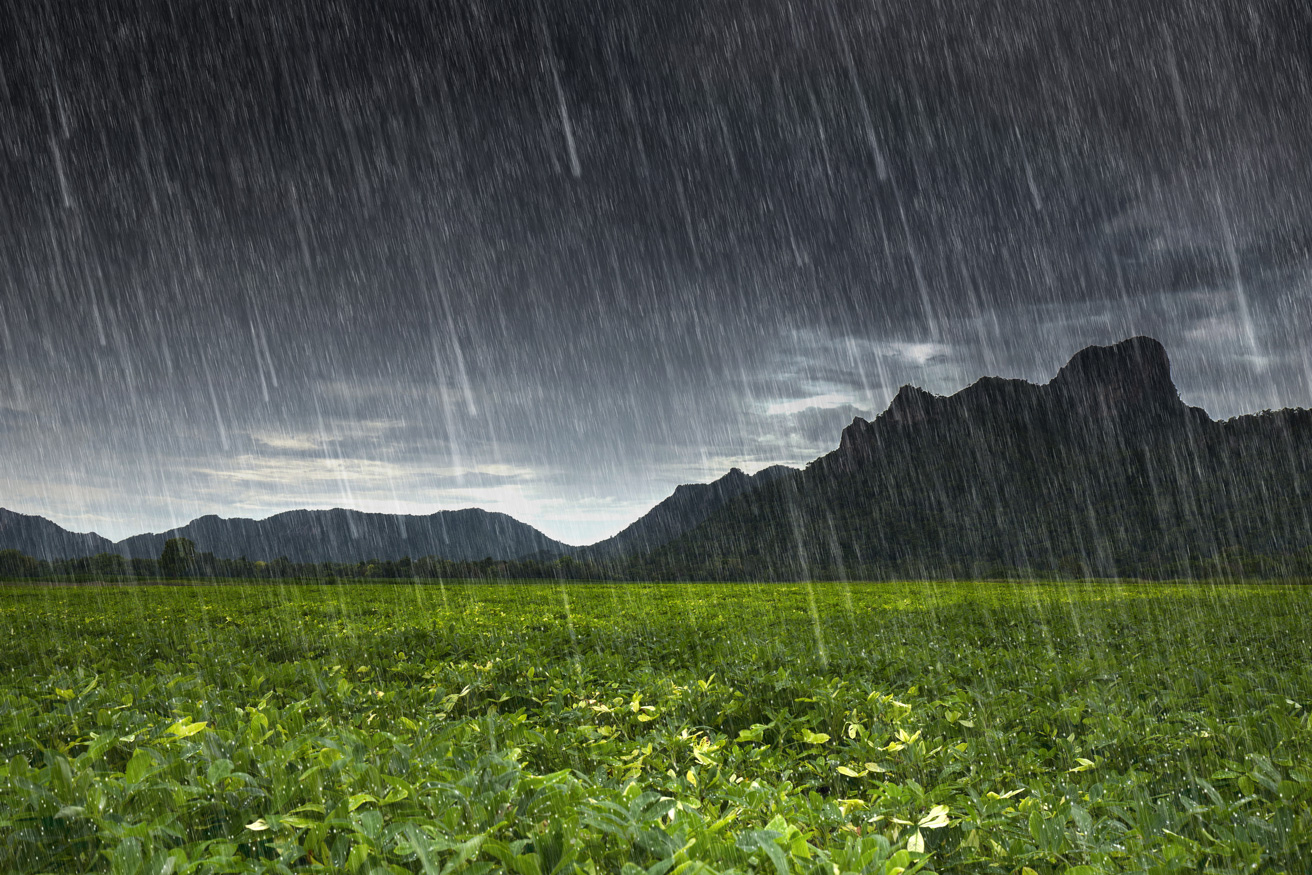
Figure 1. India’s 2025 August precipitation percentage change compared to the 30-year average.
India’s Jammu and Kashmir regions recorded rainfall in August that was 245% above normal, according to the Expana Global Weather Report – August 2025 (customer access only). The surge heightens concerns for saffron production, as the northern region accounts for a large share of India’s output of the spice.
While saffron is prized and lucrative for farmers, it remains a relatively small export of India’s overall agricultural goods. Therefore, any local disruption could tighten domestic supplies rather than swing global markets, given the modest scale of international shipments, said the report.
Heavy monsoon rains during the saffron planting window can waterlog crocus bulbs, slow growth, and promote fungal diseases that threaten yields.
In southern India’s paprika pepper belt, rainfall spiked by about 75% above expectations. Excess moisture during sowing can saturate soils and damage paprika seeds, potentially forcing farmers to replant and early growth stages being delayed.
Weather in India is largely positive for sugarcane in tropical India, highlighted Philip Manamel, Director of Fundamental Analysis, Expana, warning though that there are some concerns in sub-tropical India.
“Concerns about the recent weather in West Uttar Pradesh are mounting. The continued above-normal rainfall in the region over the past week has intensified risks. Reports suggest that this surge in rainfall has significantly increased soil moisture levels in the sugarcane fields, making it difficult for the farmers to undertake any crop care,” Manamel said.
He observed that excessive rainfall in August and September has historically been detrimental to crop yields in the state, except for the 2024–25 crop year (CY; Oct-Sep basis). The primary culprit behind past yield losses has been red rot, a fungal disease that tends to spread aggressively under wet conditions. However, due to varietal shifts, the incidence of red rot this year is notably lower, potentially reducing the downside risk to sugarcane output.
“Looking ahead, a return to normal or below-normal rainfall would be beneficial, allowing fields to dry and sugarcane to mature properly thereby preserving sucrose levels. Conversely, continued above-normal rainfall in September could pose a serious threat to crop development and ultimately impact final sugar production in the region,” Manamel said.
Co-authored by: Simon Duke, Managing Editor – EMEA; Philip Manamel, Director of Fundamental Analysis
Expana
Image source: Adobe
Written by Demelza Knight




